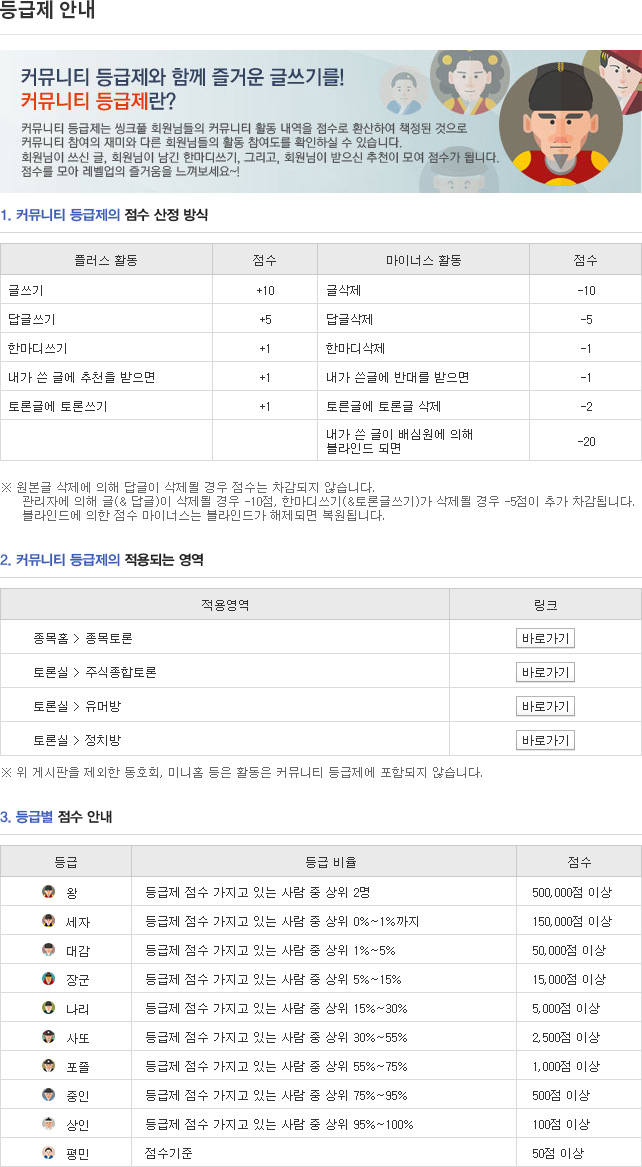종목토론카테고리
게시판버튼
게시글 제목
휴젠 효능게시글 내용
According to The Chest Journal publication, the 25% of patients in the lenzilumab's LIVE-AIR trial that had the lowest CRP levels had a hazard ratio of 8.33 in the treatment arm. Those were the 119 patients with a CRP level below 41mg/L. A hazard ratio of 8.33 means that those patients had 8.33-fold efficacy or 733% efficacy. 733% efficacy is absolutely insane. The obvious conclusion is that all patients who become hospitalized with Covid should be given lenzilumab the moment they are admitted into the hospital. The US FDA didn't have the CRP data when they decided on lenz's EUA. They have that data now. Good things are going to come from this month's type B meeting with the US FDA.
https://journal.chestnet.org/article/S0012-3692(21)03654-0/fulltext
The Chest Journal 간행물에 따르면 렌질루맙의 LIVE-AIR 시험에서 CRP 수치가 가장 낮았던 환자의 25%는 치료 팔의 위험률이 8.33이었다. 이들은 CRP 수치가 41mg/L 이하인 119 환자였다. 위험비 8.33은 해당 환자의 효능이 8.33배 또는 733%임을 의미한다. 733%의 효능은 완전히 미친 짓이야 분명한 결론은 코비디로 입원하는 모든 환자들은 입원하는 순간 렌질루맙을 투여해야 한다는 것이다. 미국 FDA는 렌츠의 EUA를 결정했을 때 CRP 데이터를 가지고 있지 않았다. 그들이 지금 그 데이터를 가지고 있어요. 이번 달 미국 FDA와의 B형 미팅에서 좋은 결과가 나올 것입니다.
https://journal.chestnet.org/article/S0012-3692(21)03654-0/fulltext
유형: 늦은 구분
목적: COVID-19의 고염증 사이토카인 폭풍(CS)은 GM-CSF에 의해 매개되어 하류 염증 케모카인, 사이토카인 및 해당 전신 염증 표지자(C-반응성 단백질, CRP)의 방출로 이어진다. LIVE-AIR 연구는 COVID-19로 입원한 환자에서 항GM-CSF 단일클론 항체인 렌질루맙을 사용한 치료가 1차 말단, 인공호흡기 없는 생존(SWOV)을 안전하게 달성할 가능성을 1.54배(HR: 1.54; 95%) 향상시켰다는 것을 입증했다.CI: 1.02-2.32, p=0.0403)와 위약 비교. CRP <150 mg/L> 및 고령 <85세] 환자를 대상으로 탐색분석을 실시하여 염증 진행 전 투여 시 렌질루맙의 효과를 파악하였다.
방법: LIVE-AIR는 무작위 이중 블라인드 플라시보 통제 임상 3상이었다. 실내 공기 및/또는 보조 산소(IMV)가 필요하지만 침습적 기계적 인공호흡(IMV)이 필요하지 않은 COVID-19(n=18년), Δ94% 산소 포화도를 가진 환자들은 8시간 간격으로 투여된 세 가지 정맥 주사를 통해 렌질루맙(600mg, n=261) 또는 위약(n=259)을 무작위로 받았다. 참가자들은 치료를 받은 후 28일까지 따라다녔다.
결과: 전반적으로 기준 인구통계는 두 치료군, 즉 남성 64.7%, 평균 연령 60.5세, 평균 BMI 32.5kg/m2, 중위 CRP, 79mg/L, 참가자의 78%에서 CRP가 150mg/L 미만이었다. 참가자들은 스테로이드 (93.7%), 렘데시비르 (72.4%), 또는 둘 다(69.1%)를 받았다. 렌질루맙(n=198)은 위약(n=198)에 비해 CRP < 150 mg/L 및 연령 < 85세(3.04; 1.68-5.51, 공칭 p=0.0003) 참가자에서 SWOV 가능성을 3.04배 향상시켰다. 렌질루맙에 대한 반응은 기준선 CRP의 1~3분위수(<41mg/L, HR:8.33; 41-<79mg/L, HR:1.60; 79-<137mg/L, HR: 2.12; >137mg/L, HR: 1.17)에서 관찰되었다. IMV, ECMO 또는 사망의 발생률은 감소하였다(OR: 0.31; 95%).CI: 0.15-0.63, p=0.002)와 사망률은 2.22배 향상되었다(OR: 2.22; 95%).CI: 1.07-4.67, p=0.034) 이들 참가자의 경우 치료 후 이른 2일차에 렌질루맙이 CRP를 감소시켰으며, 이는 28일차에 위약에 비하여 38% 더 감소하였다(24.4±3.4mg/L 대 39.1±4.9mg/L).
결론: 렌질루맙은 입원한 저산소 폐렴 환자에서 SWOV를 크게 개선했으며, SWOV와 CRP <150 mg/L 및 연령 <85세> 환자의 생존에 있어 가장 큰 이점이 있었다. CS의 조정자인 GM-CSF의 억제 초기 고염증 반응으로 COVID-19에서 NCT04351152
임상적 의미: CRP, 일상적인 실험실 테스트는 어떤 환자, 그리고 언제 렌질루맙 치료가 가장 큰 임상적 이점과 결과를 제공할 수 있는지를 결정하기 위해 사용될 수 있습니다.
게시글 찬성/반대
- 0추천
- 0반대
운영배심원의견
운영배심원의견이란
운영배심원(10인 이하)이 의견을 행사할 수 있습니다.
운영배심원 4인이 글 내리기에 의견을 행사하게 되면
해당 글의 추천수와 반대수를 비교하여 반대수가
추천수를 넘어서는 경우에는 해당 글이 블라인드 처리
됩니다.







댓글목록